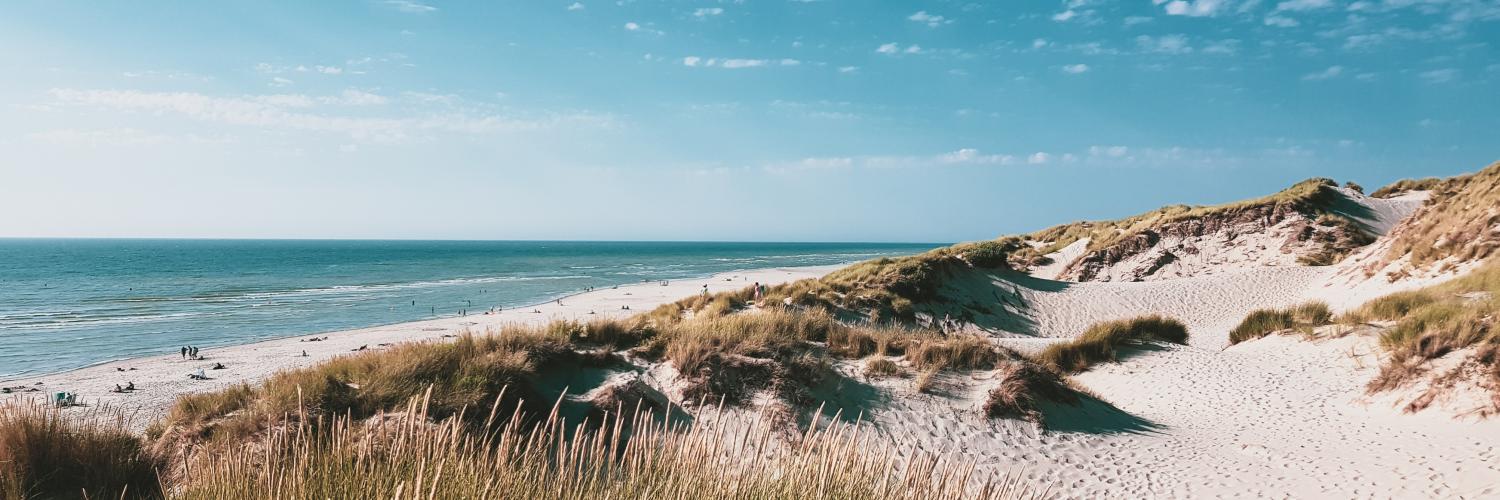In the north of France is Normandy, a region arguably without equal in terms of beauty. Strictly speaking, Normandy is divided into Haute Normandie and Basse-Normandie, which is also often referred to as Southern Normandy. Both regions have a unique charm and attract numerous tourists every year. Whether for bathing at the 373 miles long coast or for cultural sightseeing in the UNESCO city of Le Havre: there is always enough variety, and a fresh breeze from the sea is free of charge. Normandy is one of the few regions in France that, although developed for tourism, is not completely taken over by mass tourism. And so there is a large number of vacation apartments or guesthouses that can be booked throughout the year.
.
Facts and figures about Normandy
.
Normandy is one of the most beautiful spots in France. If you haven't been there before, we've summarized some numbers for you here
.
- Normandy claims 5% of the total land area
.
- 3.2 million people live in Normandy
.
- Normandy is considered the gourmet area of France
.
Sights and attractions
.
There are numerous attractions and sights in Normandy. If you especially appreciate the vastness of the sea and want to take a beach vacation, you should travel to the north of Normandy. Here there are numerous beautiful bathing beaches, but also the historic Allied beaches, where the Allies landed on June 6, 1944. In memory of this day, which also went down in the history books as D-Day, the beach sections here are also called Omaha Beach or Juno Beach. Even though the events may have been forgotten by many by now, you should refresh your memory and go to one of the two military cemeteries. Thus, there is the British War Cemetery in Bayeux and the Normandy American Cemetery Memorial, where there are also buried. Both cemeteries are powerful reminders that war lives on in people's minds long after it has ended. Bayeux is worth a side trip for more than just the military cemetery, however. In the old town is a beautiful cathedral in Gothic style, the Cathedral Notre Dame de Bayeux, which is very reminiscent of its big sister in Paris. After this heavy fare, one needs some cheering up. You can find that in the small seaside resort of Etretat. There you will find a beautiful, wild-looking cliff and the famous chalk cliffs. Long walks along the bizarre landscape are a real must here. Another small piece of paradise is the small town of Fécamp, which has become quite famous through tourism. Yachts, but also merchant or cruise ships, especially like to dock here in the summer. A local specialty is the herbal schnapps distilled here, Bénédictine, which is enjoyed by both tourists and locals due to its sweet-tart aroma. There is a small but very well-equipped liqueur museum in town, which provides insight into the importance of liqueur to the region. If you want to experience how the Austrian Empress Sissi stayed, you should go to the Sassetot-le-Mauconduit castle. The castle is now part museum, part hotel and open to visitors year-round. Also absolutely worth seeing is the small village of Dieppe, picturesquely situated on the so-called Alabaster Coast. The place has a very nice old town, as well as a medieval castle, which is worth a visit in any case.
.
Eating and drinking
.
In Normandy, the culinary scene is hearty. Milk, cream, butter and cheese are an integral part of the daily meal here. Therefore, you should confidently loosen your belt a bit when you go to Normandy.Particularly famous is the Calvados made here, which both locals and tourists love to drink. In Normandy grew up to 10 million apple trees, so it's no wonder that the apple has a special place here and finds versatile use. Thus, in addition to Calvados, there is also delicious Cidre, a kind of fermented apple juice, which is also suitable for children, since it contains no alcohol. In the spring, numerous apple blossom festivals take place throughout Normandy, and the region is bathed in a single sea of white apple blossoms. Autumn is then traditionally harvest time and there is everything from apple pie to compote and schnapps. Thanks to the mild climate and the proximity to the sea, there is also a large supply of fresh fish and meat. The local cattle, for example, taste particularly aromatic, as they graze on lush meadows all year round. Just in time for the beginning of autumn, there are also fresh Jacob's mussels a regional specialty. In the region, in addition to meat, a variety of east and vegetables are grown. Therefore, especially in more rural areas, simple vegetable dishes or soups are preferred to opulent meat dishes.
.
Transportation and public transport
.
To get to Normandy, there are several options. Thus, in addition to good flight connections, there are also very cheap train connections, which allow a quick and uncomplicated journey. If one should arrive from the south of Germany, one can take well the highway in the direction of Metz and drive from there to Reims. If one arrives by plane, one should take a either to Paris Charles de Gaulle or Orly. From there, one can continue by either rental car or the TGV. The journey is quite short and takes only about an hour.













